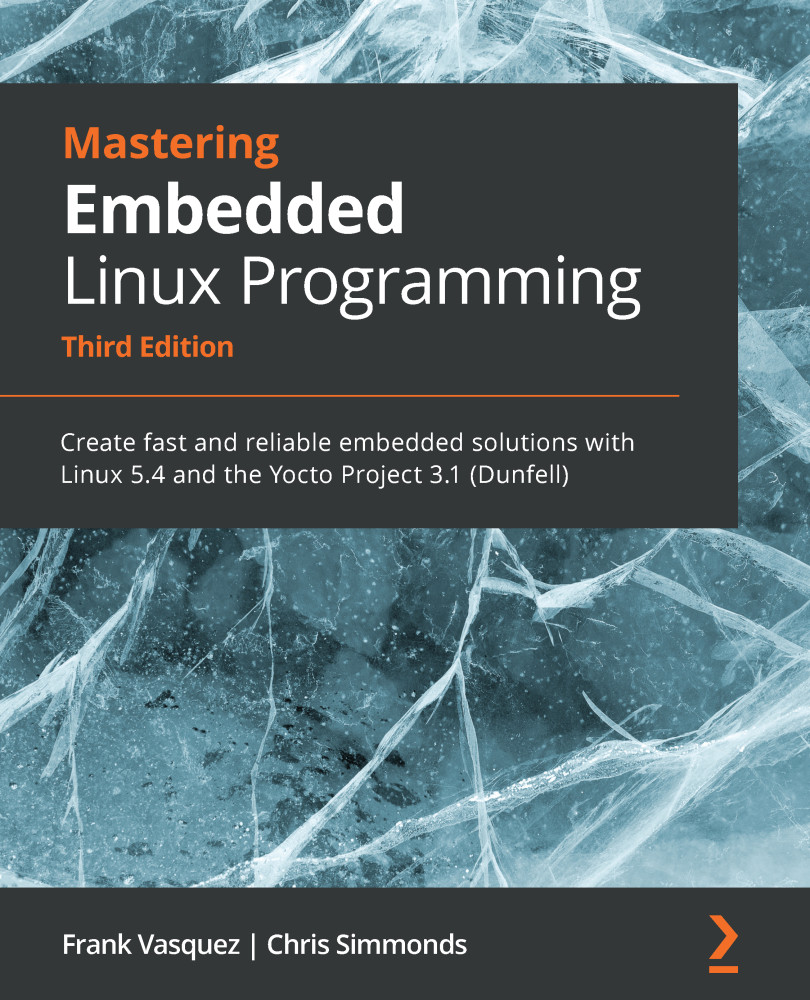Putting the system to sleep
There is one more power management technique to consider: putting the whole system into sleep mode with the expectation that it will not be used again for a while. In the Linux kernel, this is known as system sleep. It is usually user-initiated: the user decides that the device should be shut down for a while. For example, I shut the lid of my laptop and put it in my bag when it is time to go home. Much of the support for system sleep in Linux comes from the support for laptops. In the laptop world, there are usually two options:
- Suspend
- Hibernate
The first, also known as suspend to RAM, shuts everything down except the system memory, so the machine is still consuming a little power. When the system wakes up, the memory retains all the previous state, and my laptop is operational within a few seconds.
If I select the hibernate option, the contents of the memory are saved to the hard drive. The system consumes no power at all, and...






































































